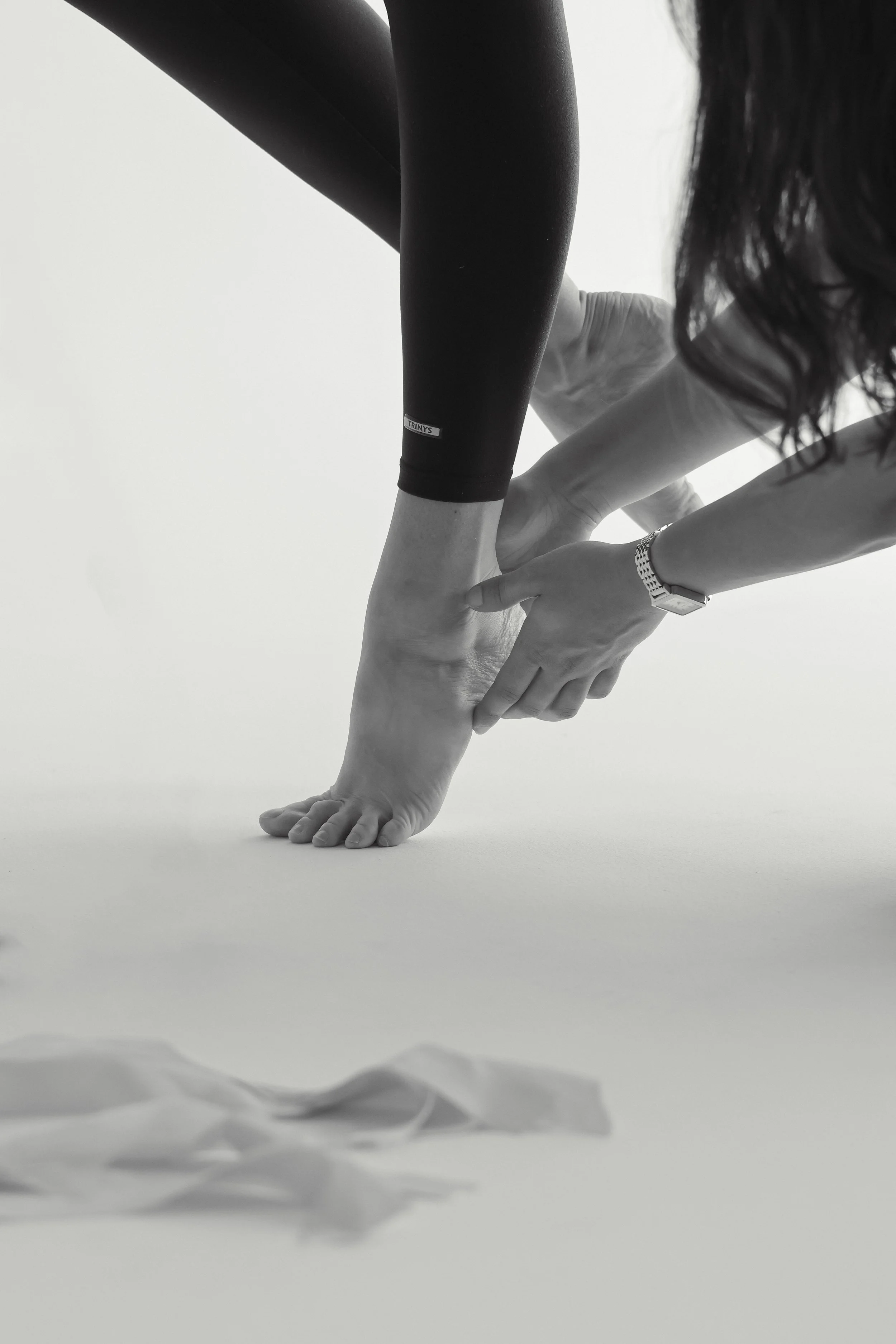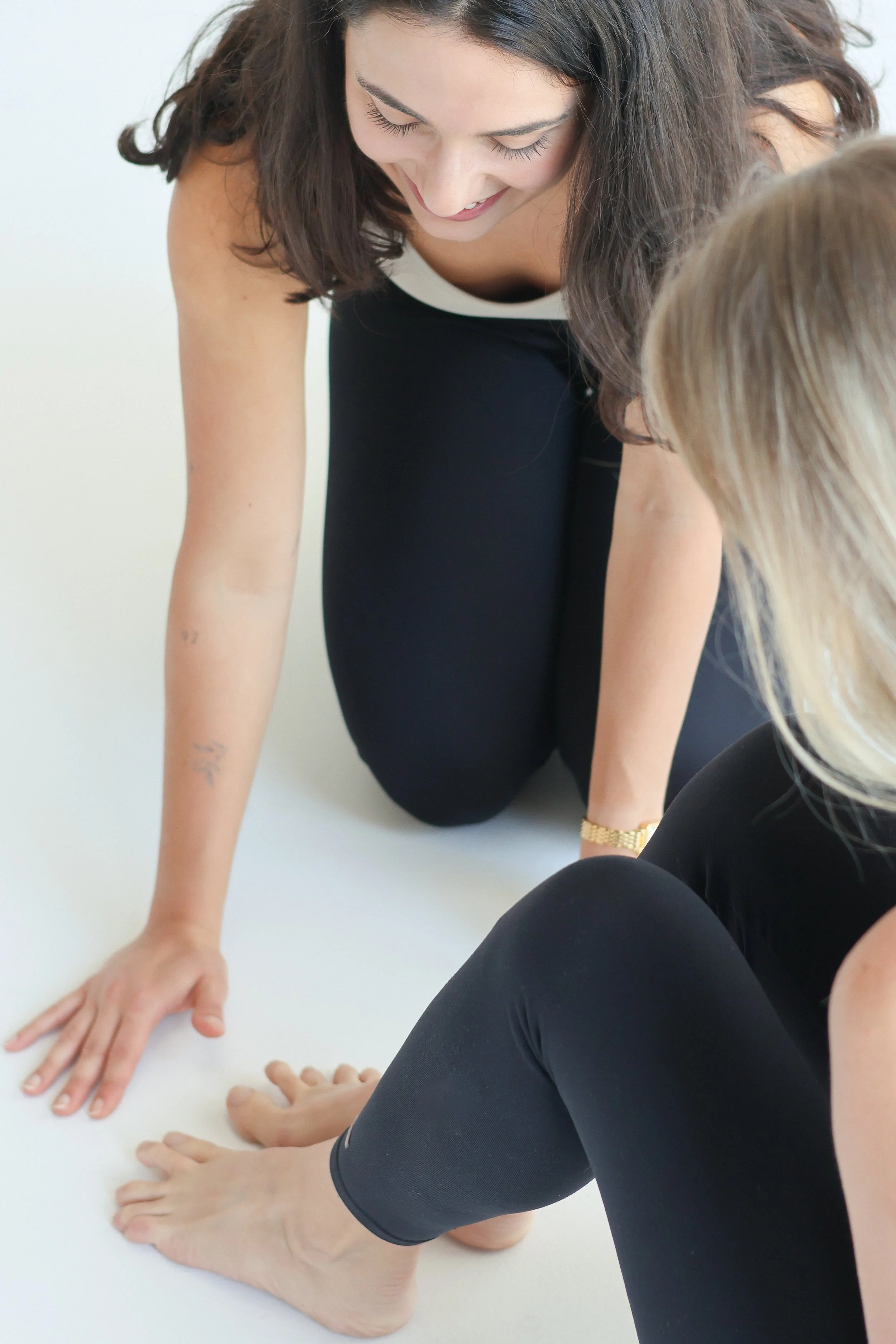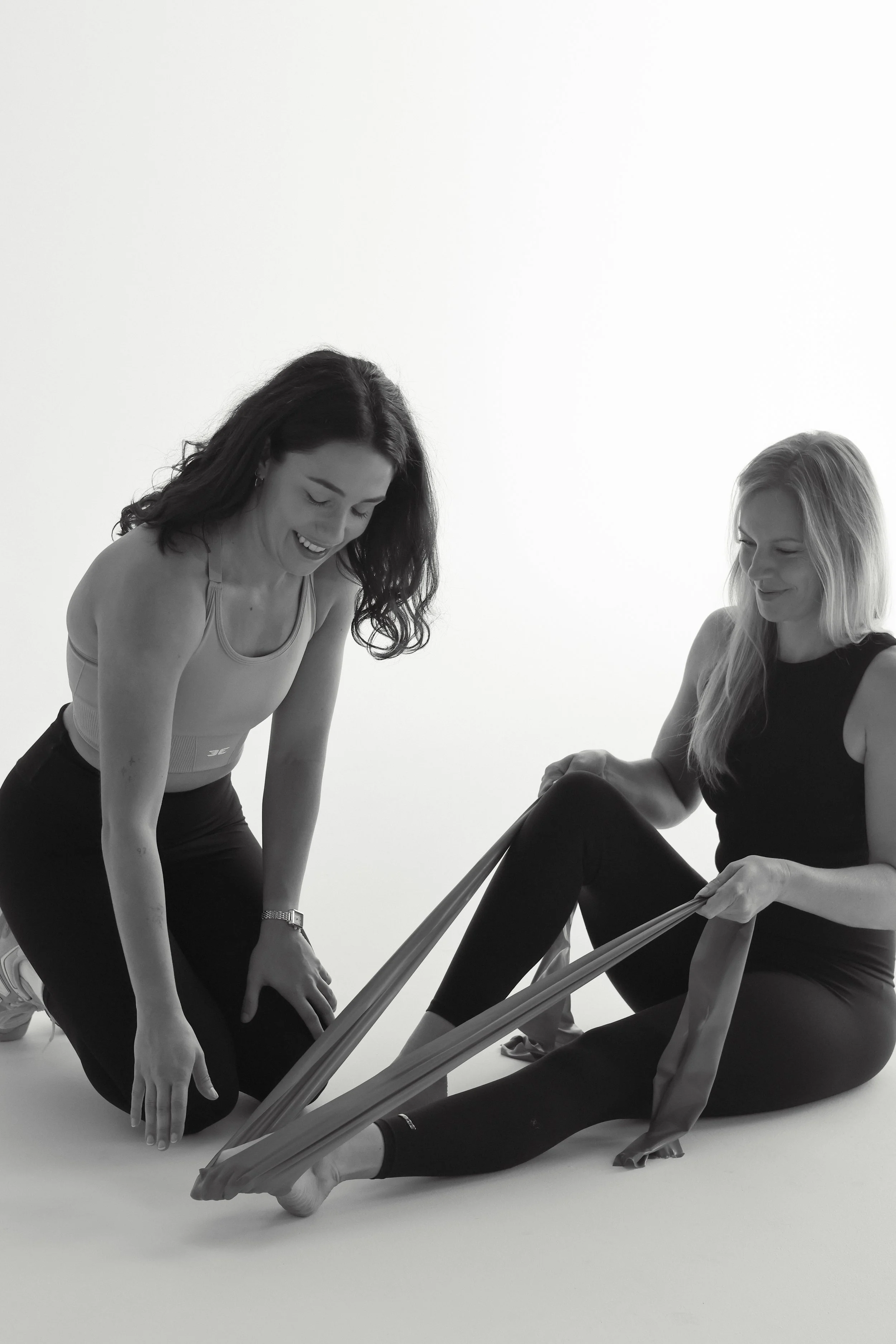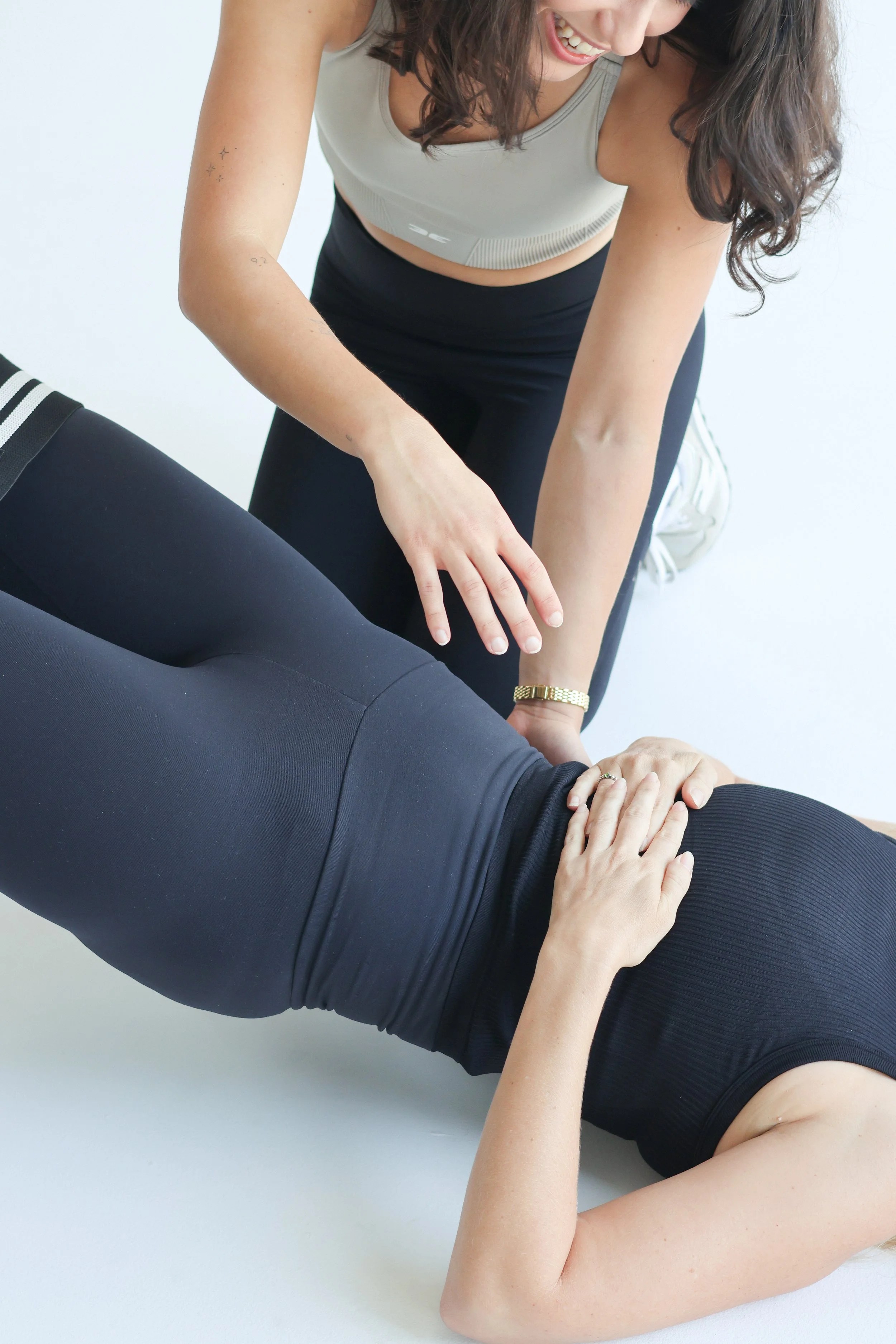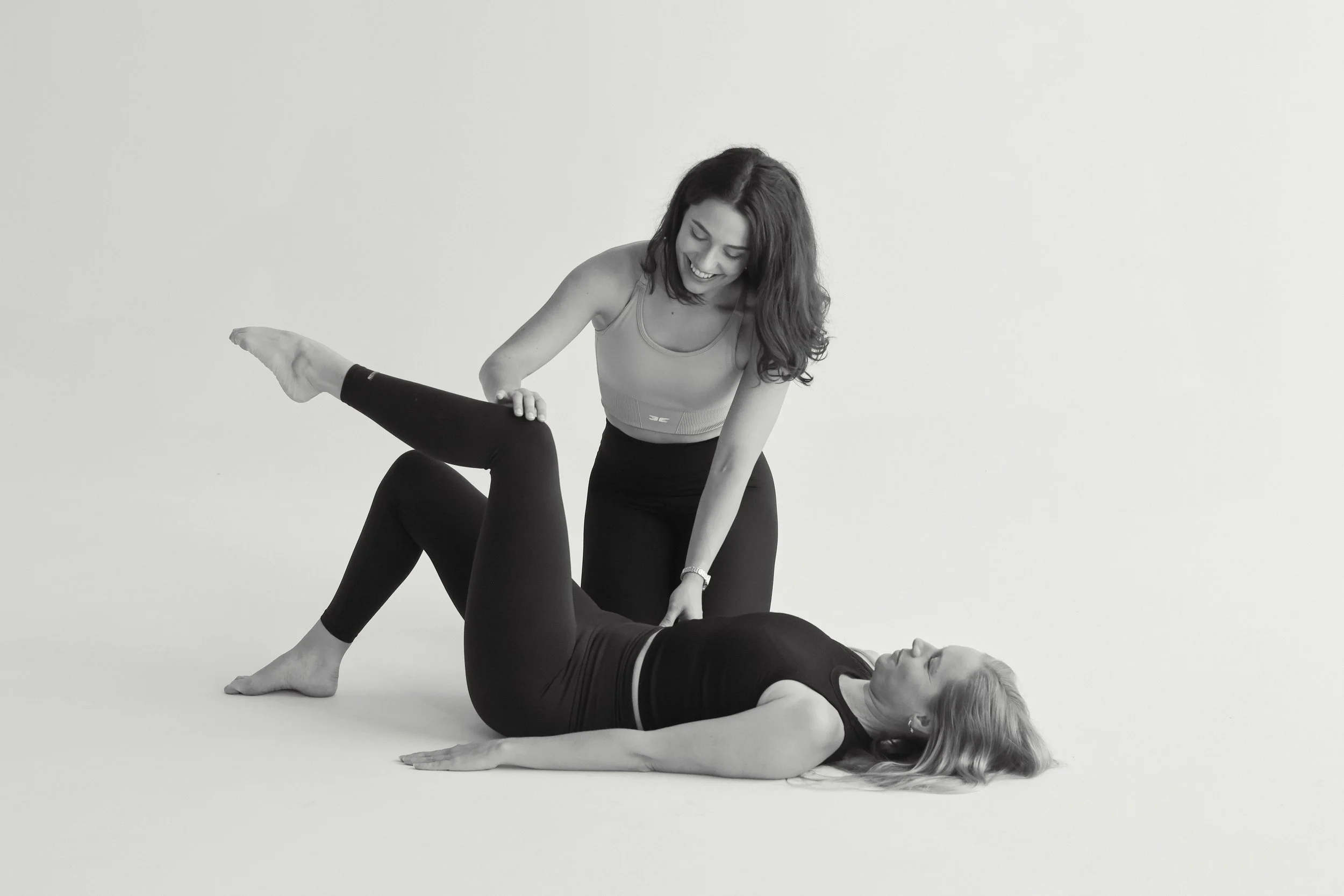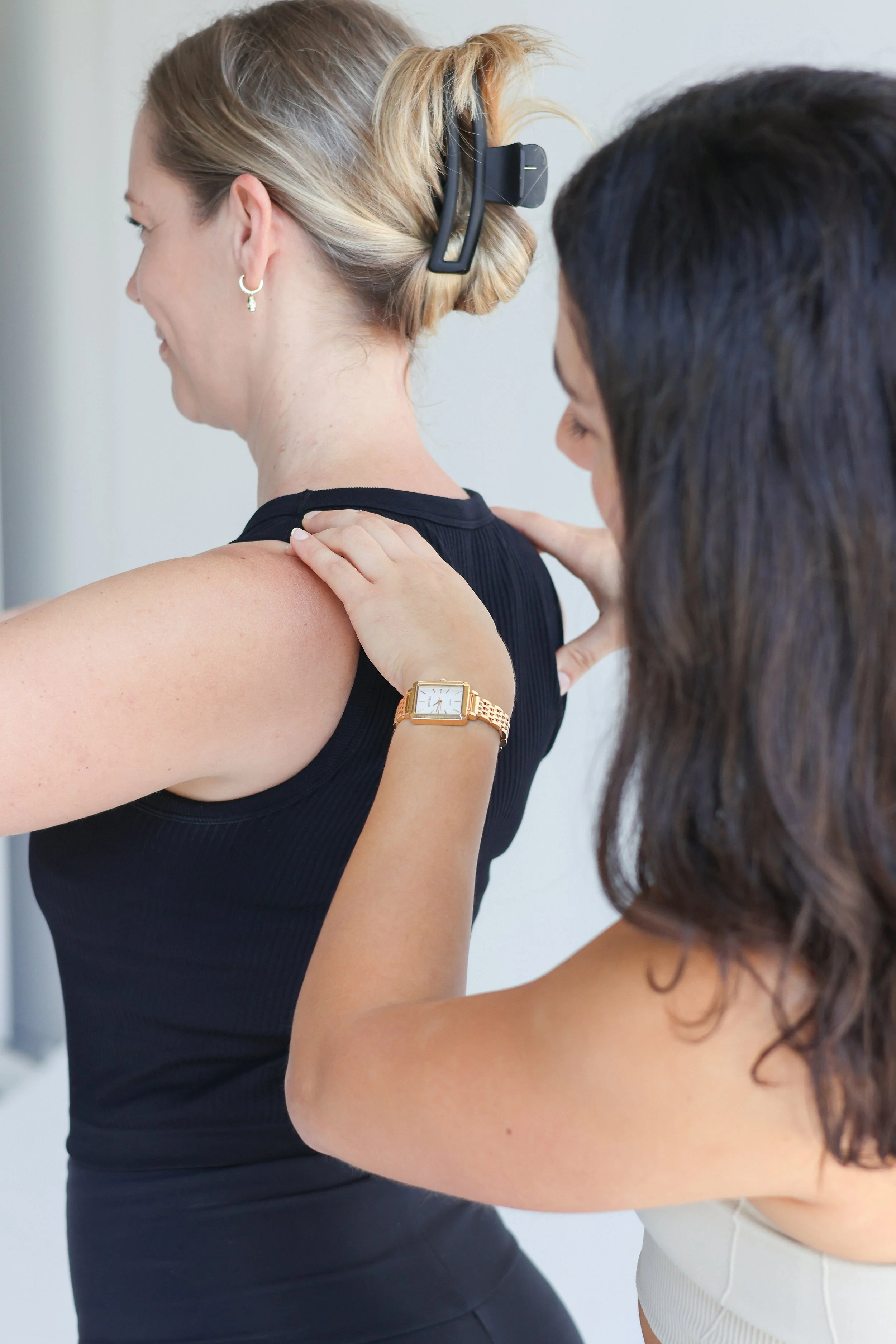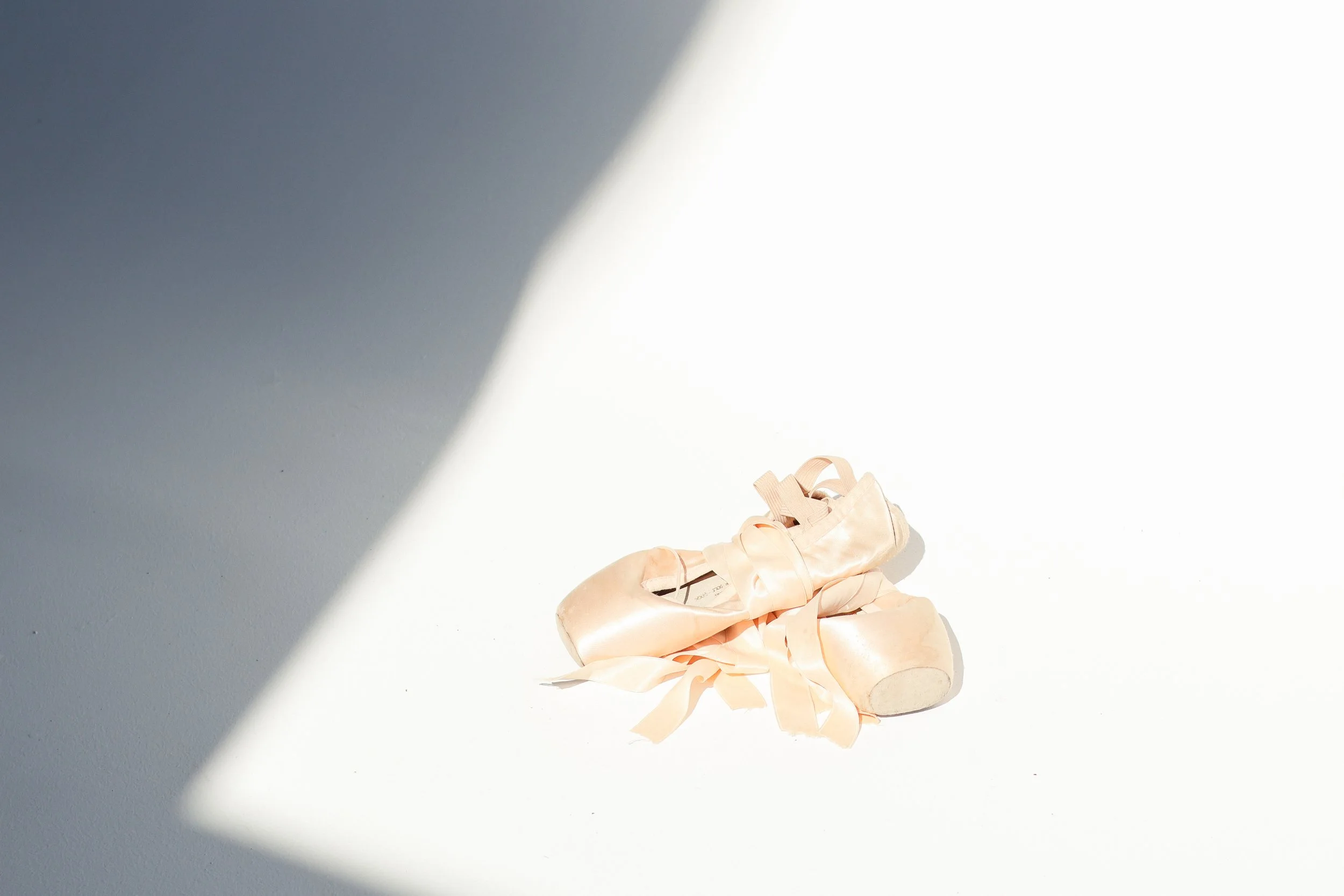
Pre-Pointe Assessment
Dancing en pointe is most young ballet dancer’s dream! It is commonly the ultimate goal for many dancers, regardless if recreational or professional. However, a lot of determination and skill is required to advance to dancing en pointe.
Why do a pre-pointe assessment?
A pre-pointe assessment should be completed for any dancer considering dancing en pointe for the first time or since sustaining an injury. Previously, age was the main factor determining if a dancer was ready to dance en pointe, however age-based criterion is not appropriate. If your teacher has mentioned dancing en pointe to you, you should complete a pre-pointe assessment first.
Dancing en pointe puts a big load on a dancer’s body. It increases forces on the foot by 12x their body weight… that’s a lot! Therefore, it requires excellent core and lower limb strength, stability, and control. Premature advancement of dancers increases their risk of injury if they do not have the strength and stability to support themselves en pointe.
Therefore, a pre-pointe assessment is important in keeping the dancers safe and preventing injury by identifying strengths and weakness and providing specific exercises to work on the weaknesses.
What does a pre-pointe assessment involve?
It first involves taking a thorough subjective history, followed by a physical assessment.
The physical assessment assesses six important criteria necessary to dance en pointe: flexibility, turnout, alignment, maturity, strength, and proprioception. It will involve assessing the range of motion and strength of the toes and feet, ankles, knees, and hips. It will also involve specific tests involving dance positions and movements such as:
First, second and fifth positions
Releve in first, second and fifth positions
Releve Passe
Grand Plie in first, second and fifth positions
Pirouette en Dehors
Arabesque
Saute
After the assessment, Shelby will summarise her findings and make appropriate recommendations. She will prescribe an exercise program to work on any identified weaknesses at home and send the findings in a letter to your ballet teacher and parent. You will return for a follow-up reassessment in 4-6 weeks to measure improvements and once the dancer has met the criteria, they can be advanced to pointe.
It takes months of hard-work and dedication to see improvements in strength and technique. Therefore, Shelby recommends that you get to her as soon as possible to start your journey toward dancing en pointe. Ideally, Shelby would start working with ballet dancers one year before they intend to dance en pointe. However, she is happy to see dancers who wish to dance en pointe sooner.
What should I wear/bring?
Dancewear or activewear will be appropriate to ensure that Shelby can assess your alignment/posture clearly and that you can move freely. Most of the assessment will be completed barefoot.
If you have danced en pointe before and are hoping to return after an injury, please bring your most recent pair of pointe shoes and any accessories you wear with them.
Have your hair tied back and bring a water bottle.

